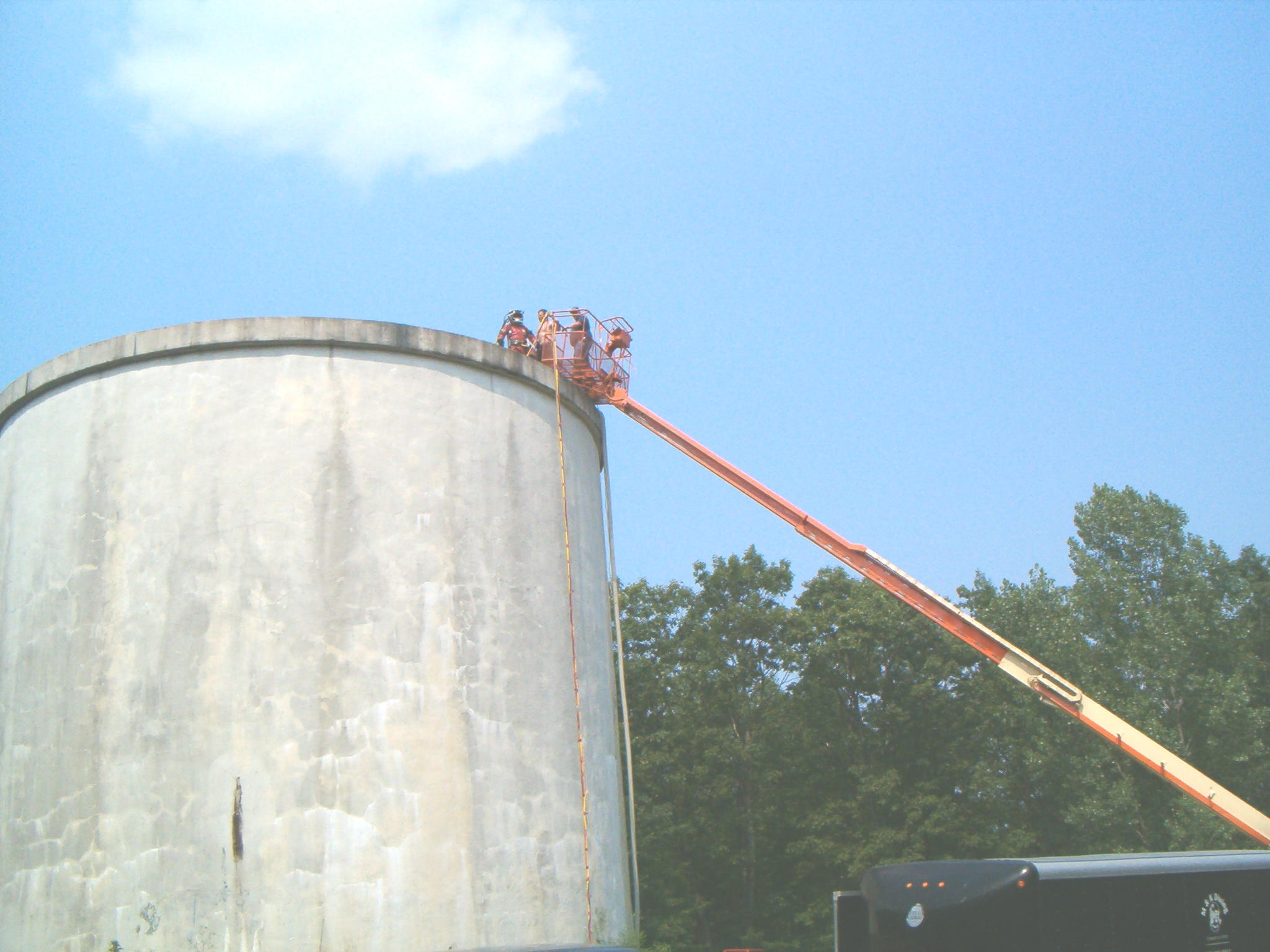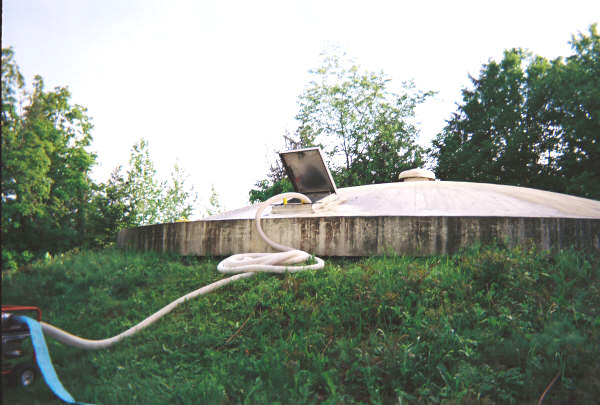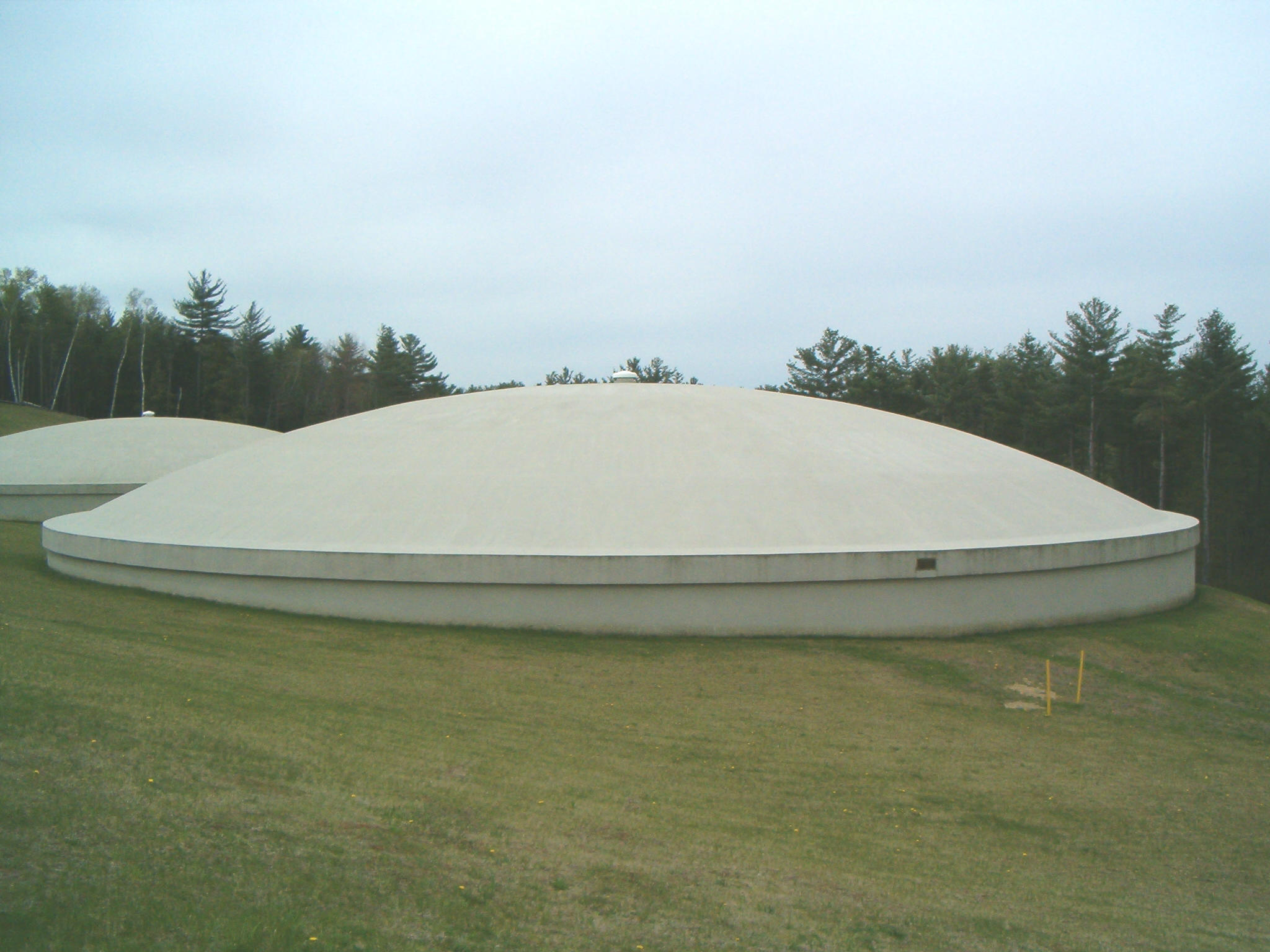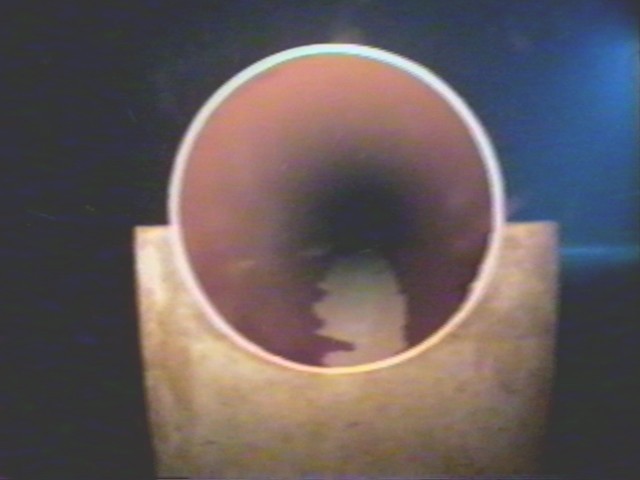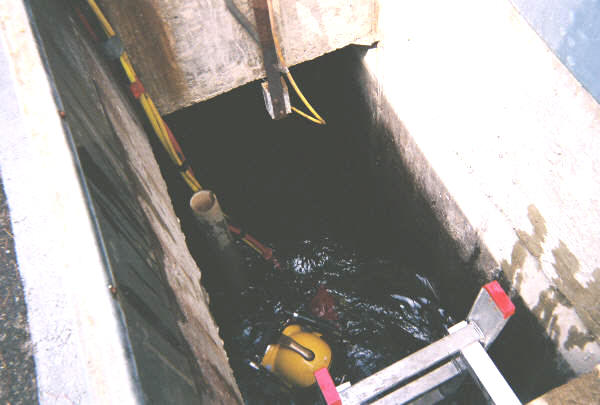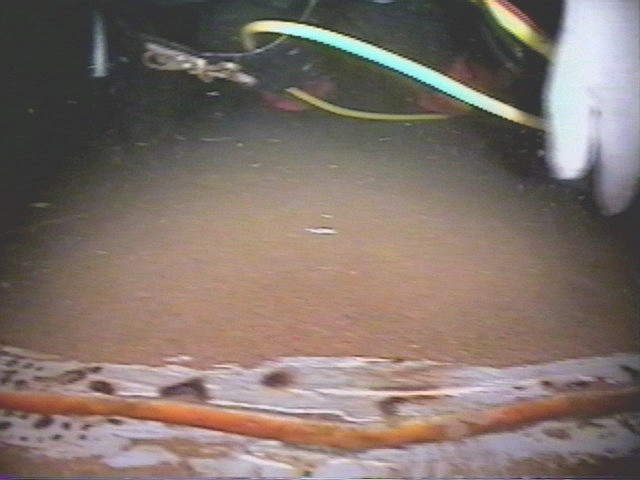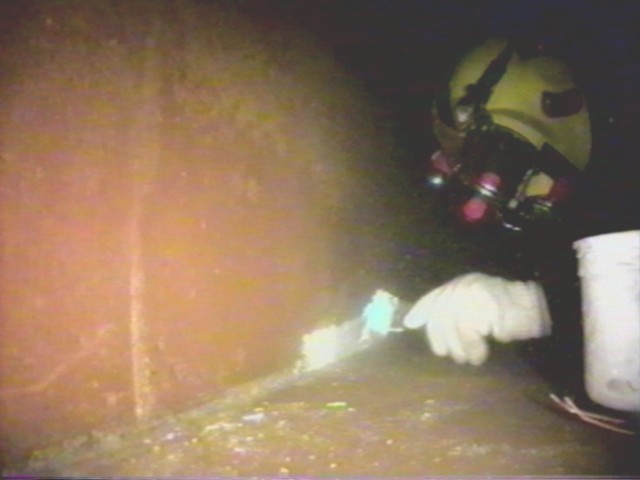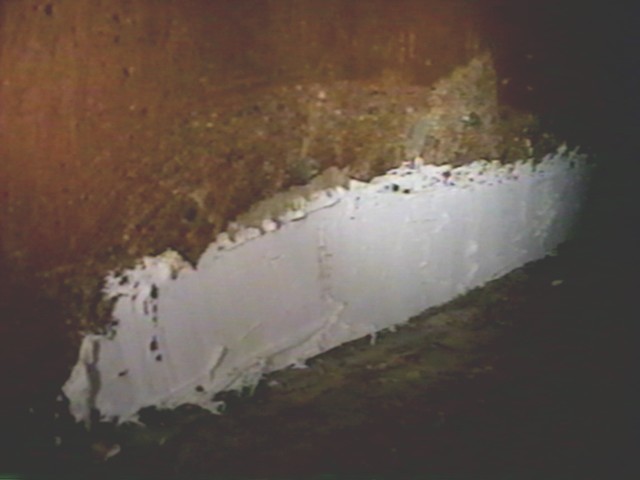Potable Water
In our experience, the amount of bottom material found in potable water structures is primarily influenced by the raw water source. Lake and river sources carry more sediment into the system than water derived from a driven well.
We have experience servicing all types of storage tanks: in-ground concrete, blasted rock; on-ground steel or concrete, and elevated steel. We have worked with reservoirs containing Hypalon liners and older structures that may include wood in their design.
M&K Diving’s video inspections utilize either a diver-mounted camera system or Remotely Operated Vehicle (ROV). Both methods provide top-quality, real-time video feeds, recorded for permanent record. Diver communication with topside personnel is also recorded during inspections of that type. Our video equipment is the best in the industry and puts the client on bottom with the divers, in real-time.
Other storage tank services include:
- Removal of all material in the tank, including sediment, sand, and coagulated materials
Underwater leak detection - Repairs to exposed re-bar, concrete spalls, or internal plumbing
- Cathodic protection system maintenance and repair
- Inspections of the ventilation screen and hardware
- Inspection of the hatches
- External and internal coating inspections
- Written reports, including both recorded video and still photography
- Inspections done with the ROV
Why use divers instead of draining?
- It is far more cost effective than draining the tank
- No interruption in service to your customers
- No extra cost involved in putting your system back on-line (i.e. shocking the system)
- No extra cost for vacuum trucks to remove the sediment once drained
- Municipality fire protection is not compromised
- No confined space permits required
- Smaller systems, with only one storage tank, remain on-line during cleaning
- Small communities may not have the staff to handle the extra work involved in cleaning a tank or reservoir
- Minimal treated water is wasted
Questions about your tank or reservoir? Contact us for our tank questionnaire form that will guide you through the process of pricing your tank for a routine inspection and/or cleaning.


